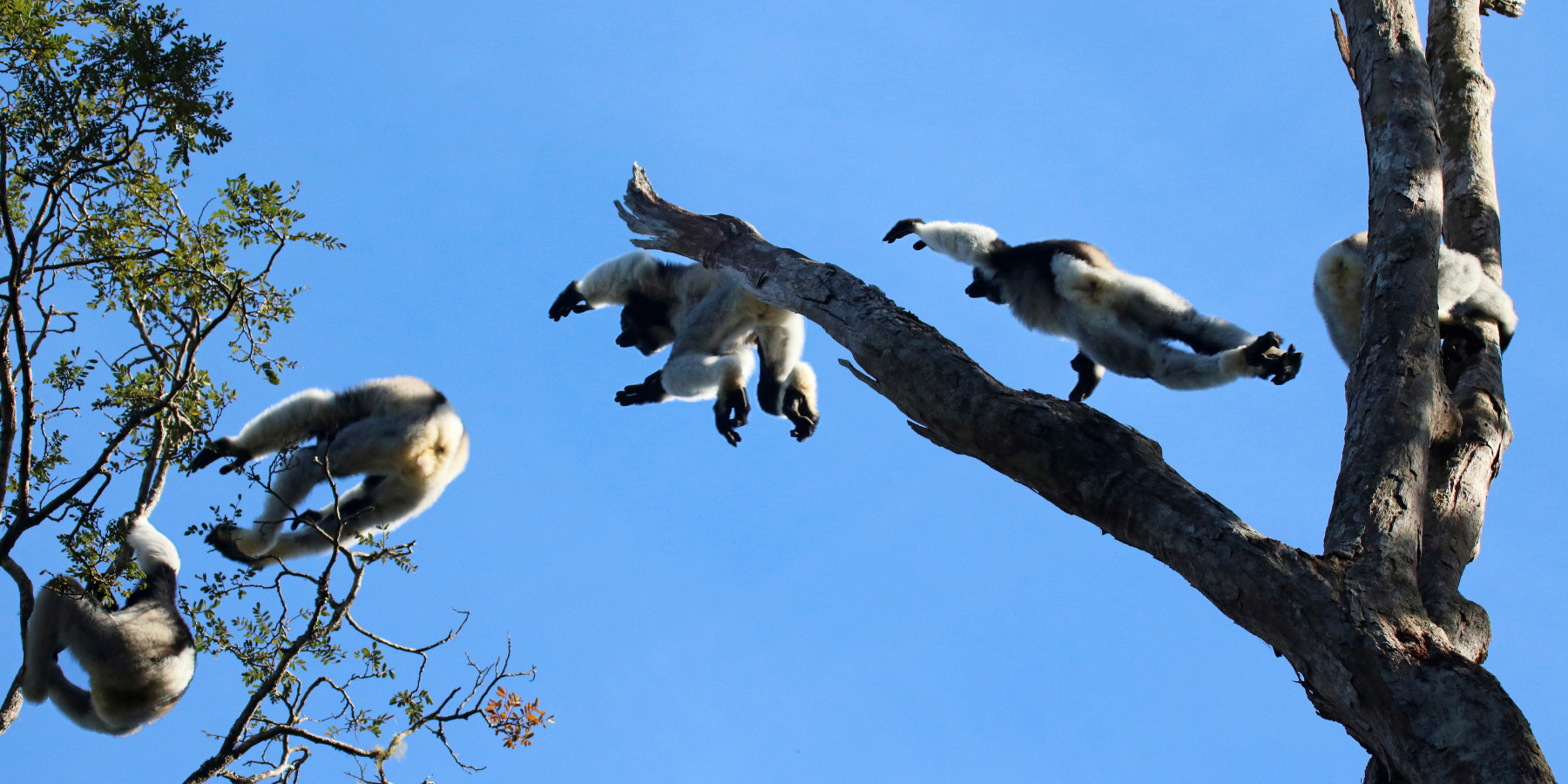
Welcome to Madagascar!
Madagascar is located in the Indian Ocean off the eastern coast of Africa. It is the world's fourth largest island, covering a total area of 587,295 square kilometres. The country is divided into six provinces, each named after it's capital: Antananarivo, Antsiranana, Fianarantsoa, Mahajanga, Toliara and Toamasina also known as Tamatave.
The continent separated from Africa 165 million years ago, and since then it's flora and fauna have evolved according to it's own fantasy, like nowhere else in the world.
Lemurs are known worldwide, but the red island (on account of it's vividly coloured soil) is home to several endemic species of chameleons, fossas, frogs, birds, snakes, jumping rats, baobabs, carnivorous plants, orchids and many more strange "living beings"! Apart from the lemurs of Madagascar, 80% of it's flora, 40% of it's birds, 98% of it's reptiles are also endemic. Madagascar is a naturalist's promised land!
The same is true for the Malagasy people as well, the number of which comes to about 20 million. The people here are an unique blend of African and Asian, whose culture resembles no other, worldwide. The population here is divided into 18 ethnic groups. The nomad Vezo fisherman swears only by the sea, the zebu is everything to the Bara of the desertic south, while land is the greatest wealth for the Betsileo of the Malagasy "altiplano".
The relative isolation of the island due to geography and recent history have kept the traditional way of living, rites and the ancestral beliefs, very lively and genuine.
For any traveller looking to find something different, this place has it all: deserted beaches, tropical forests, mountains, spiny forests, rice-terraced highlands.
Madagascar in Numbers
Capital: Antananarivo
Population in Madagascar : 25 000 000
Area: 587,295km²
Length from north to south: 1,600 km
Width from west to east: 570 km

